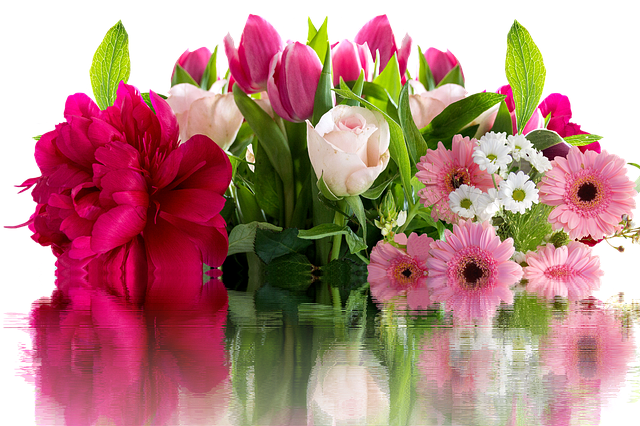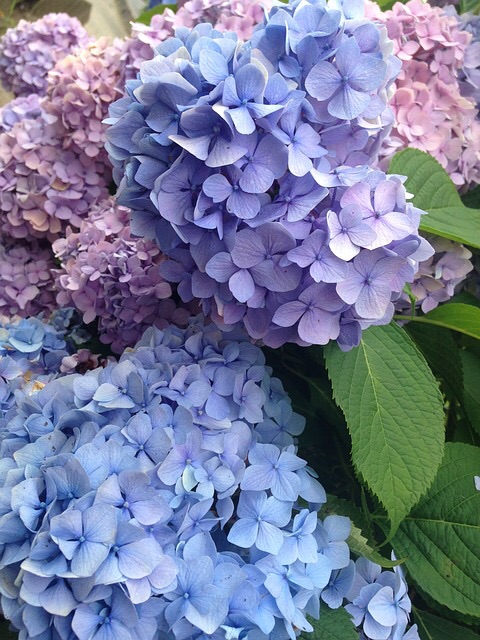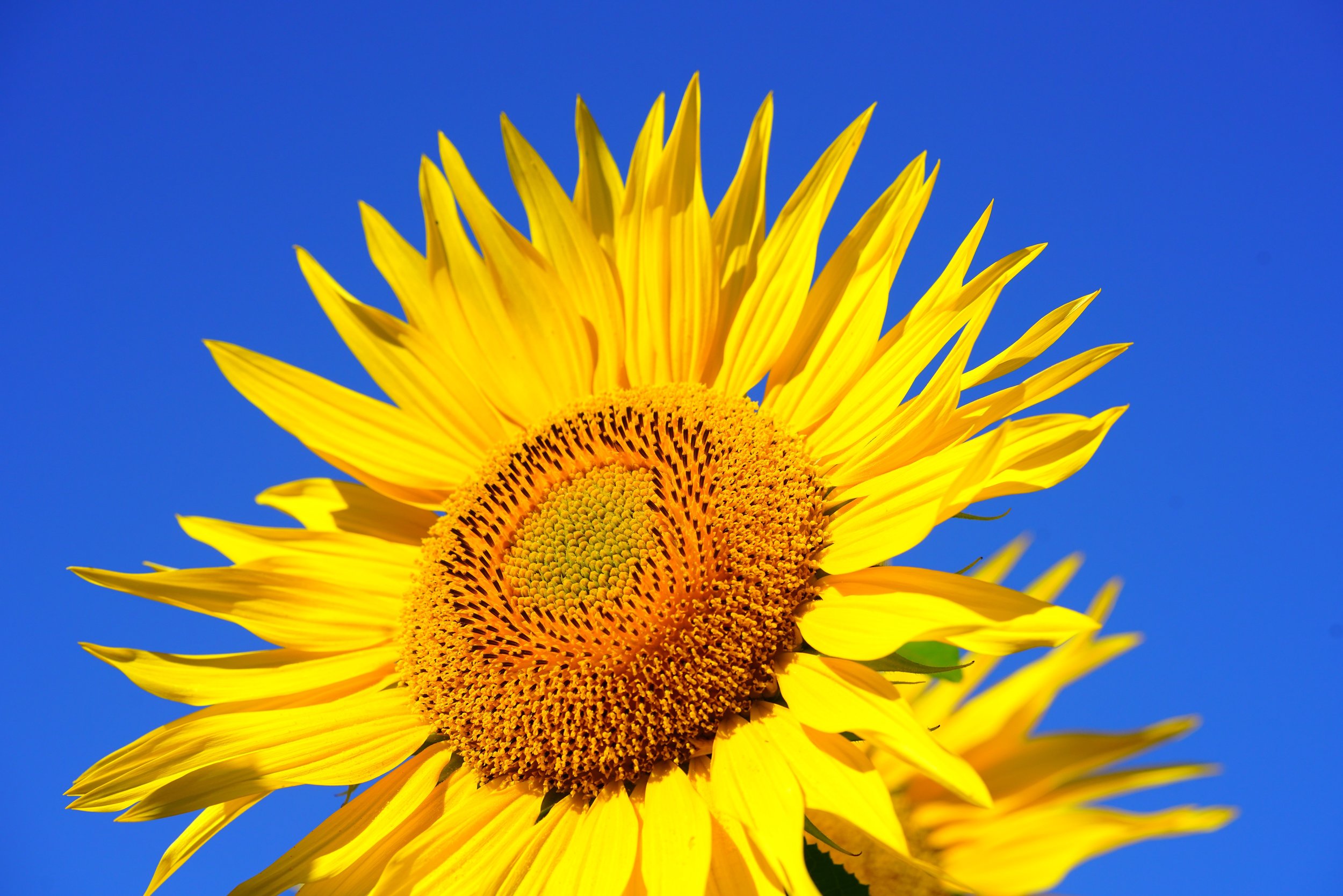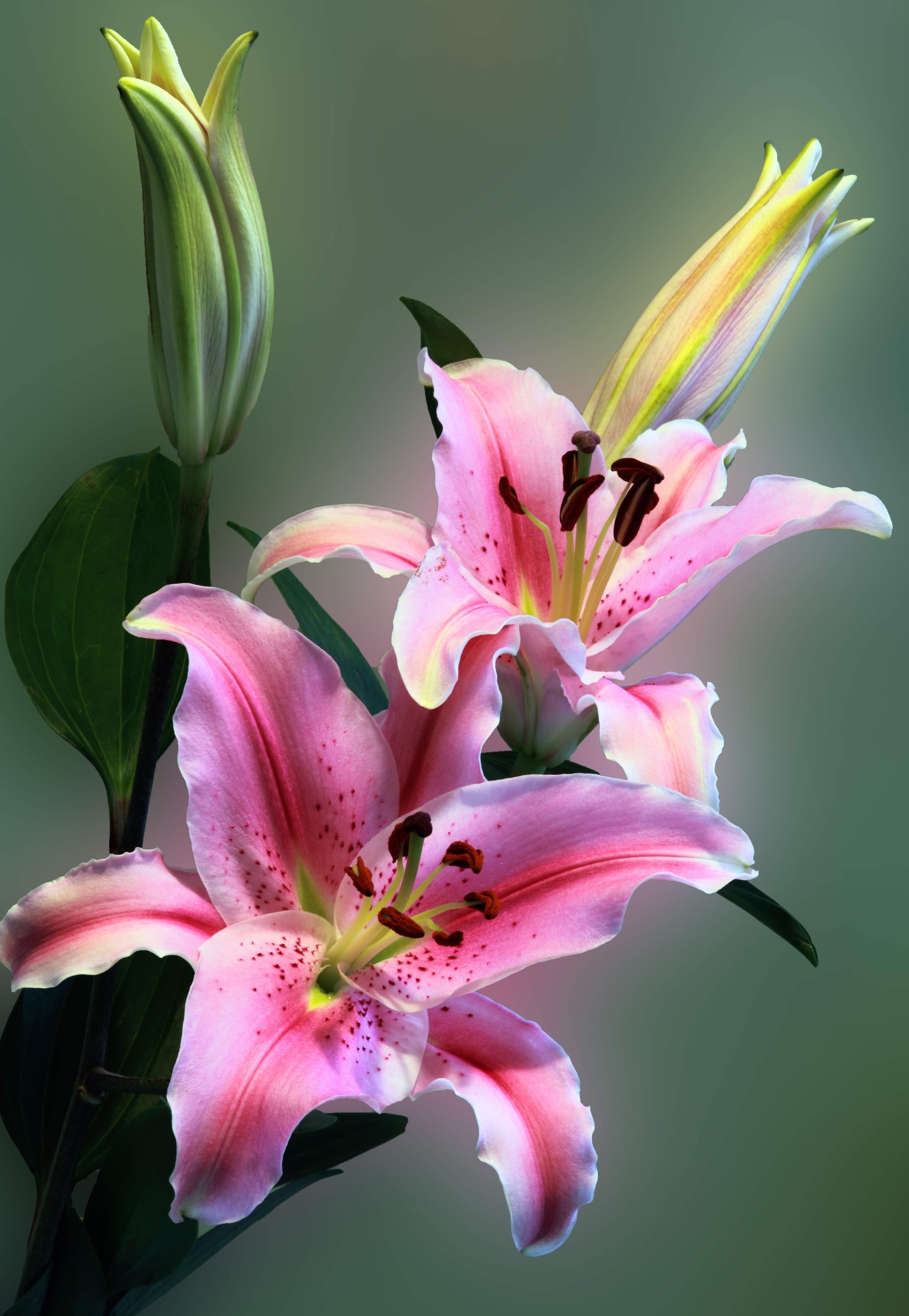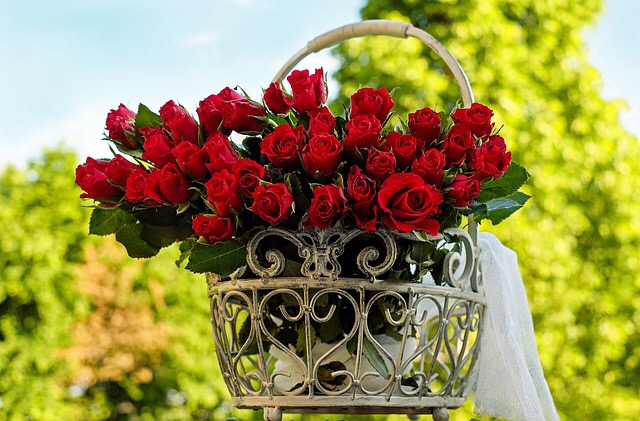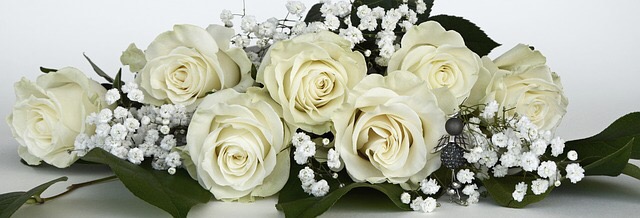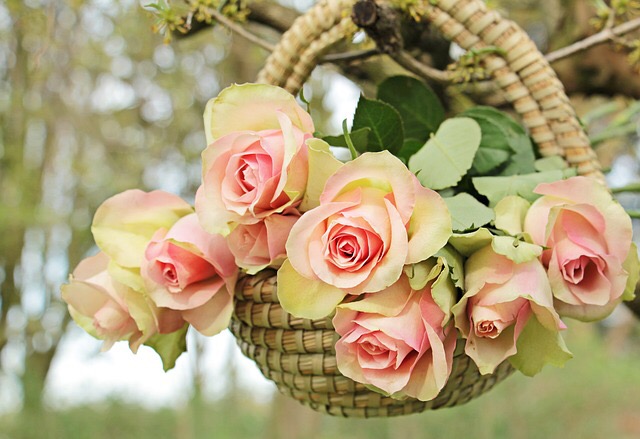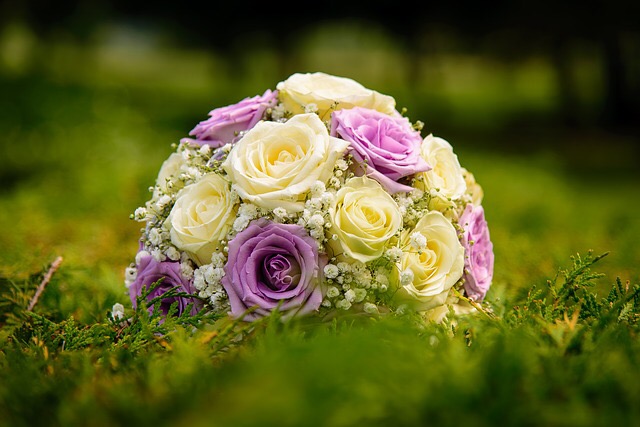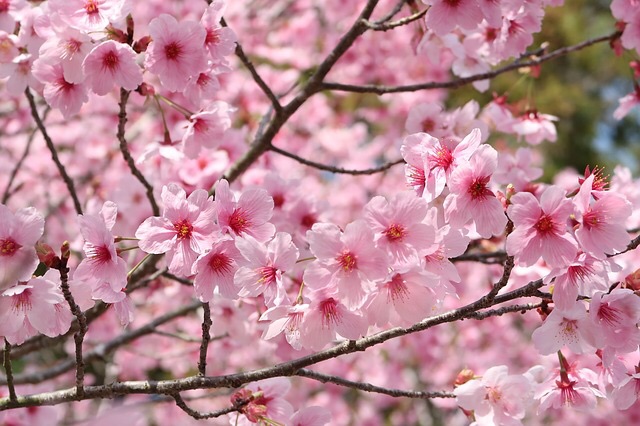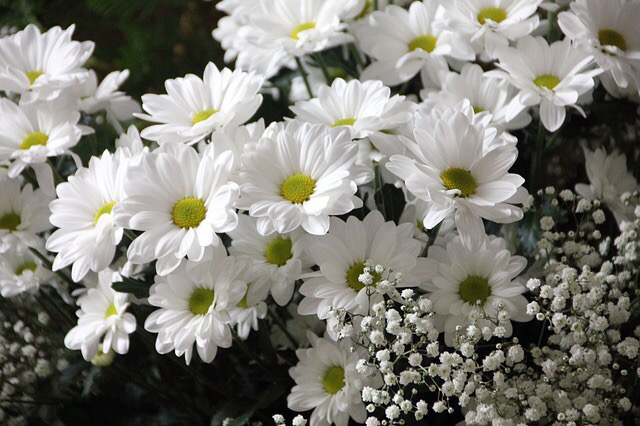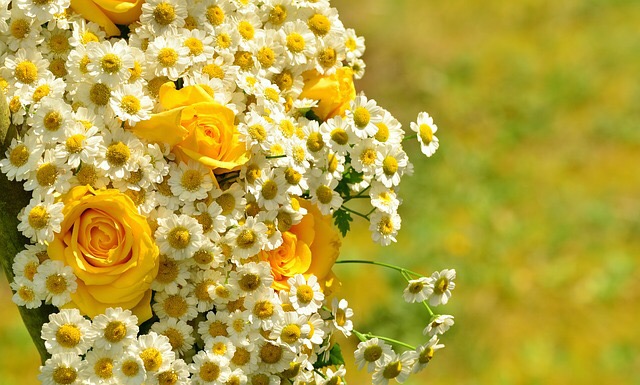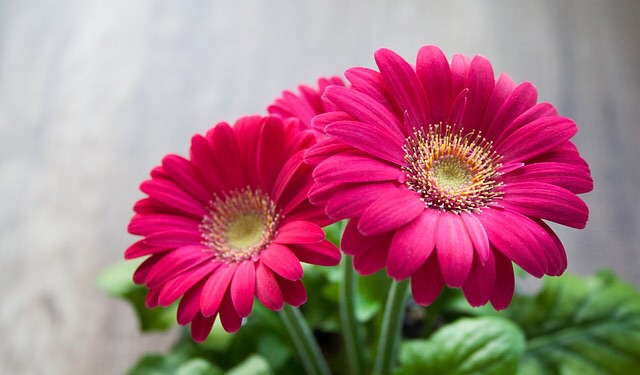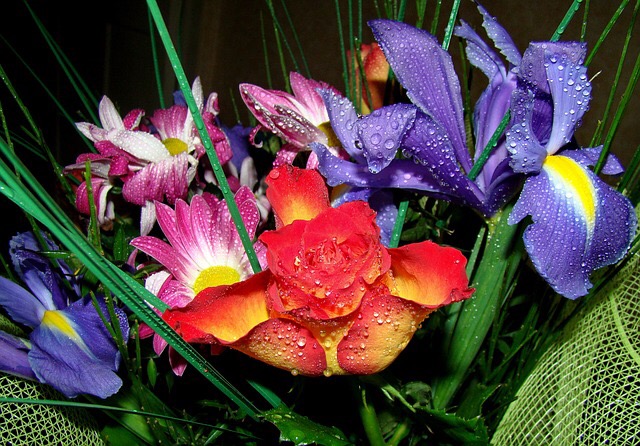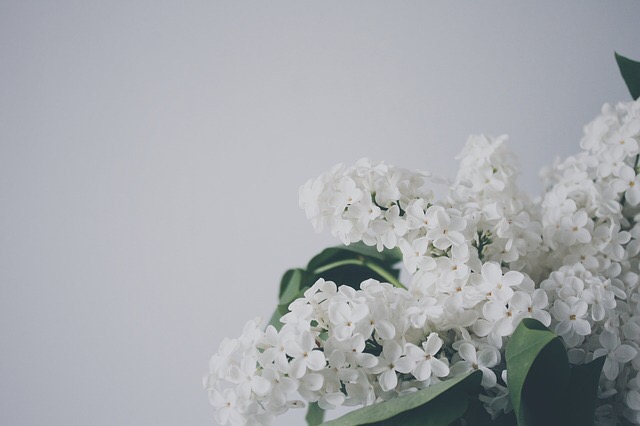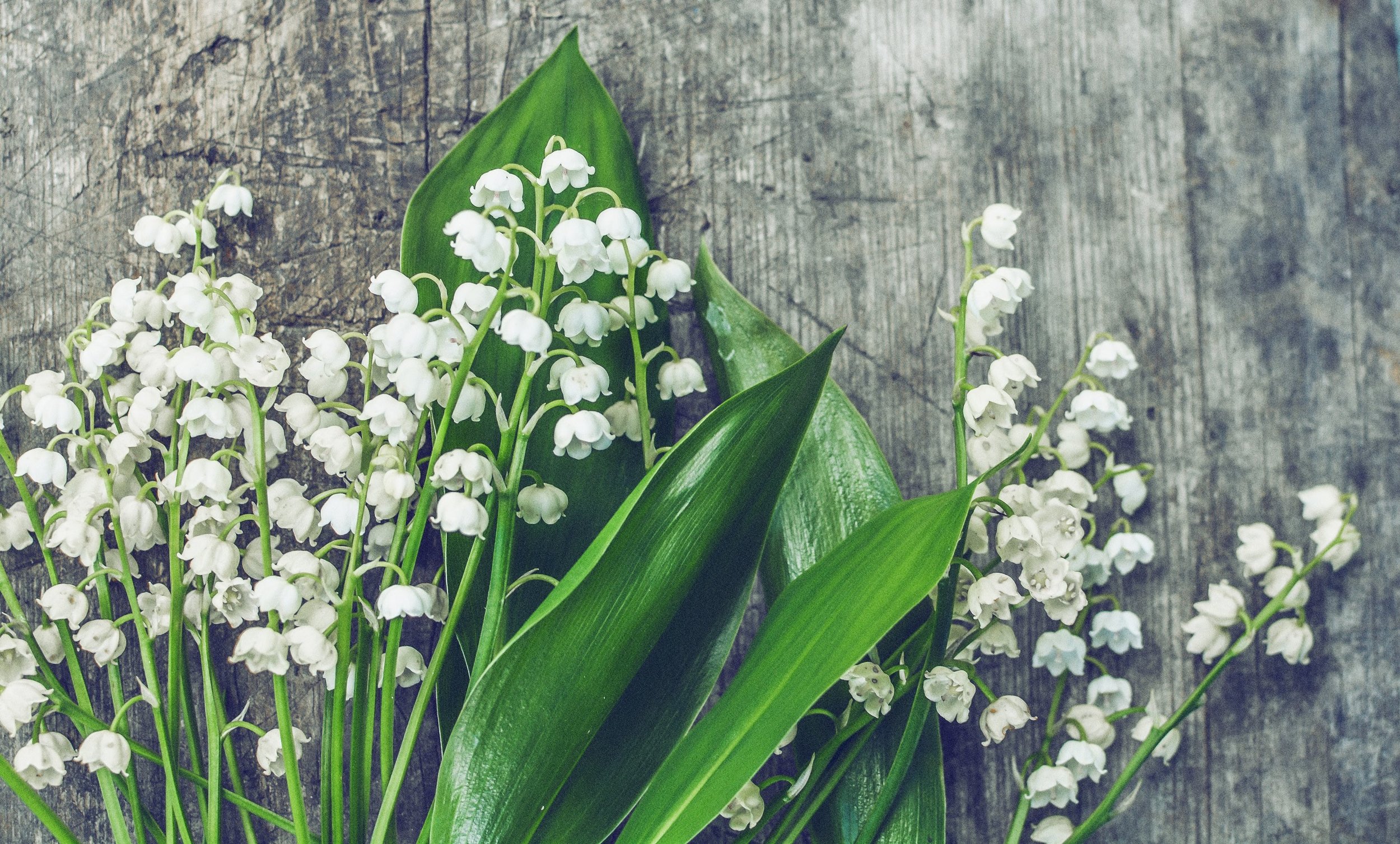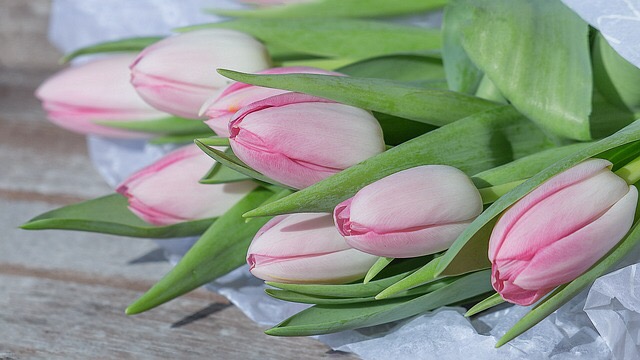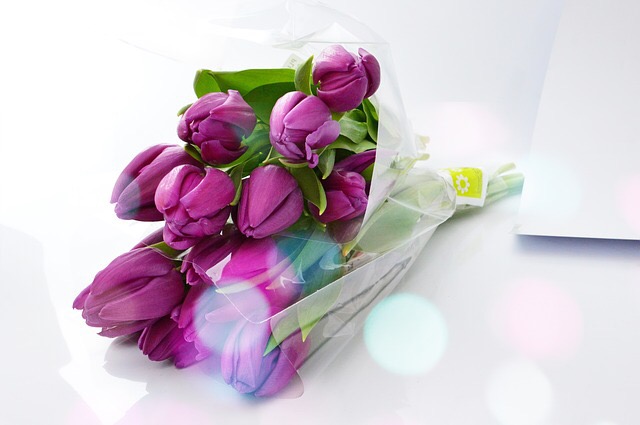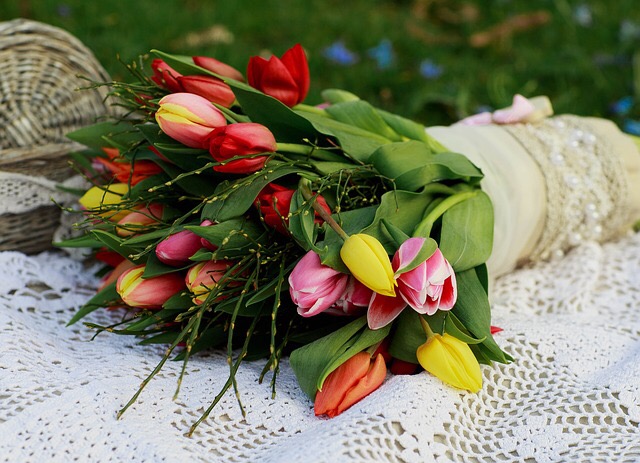Flowers add color, elegance and fragrance to any event, but flowers can also be expensive and quickly eat up your wedding budget. What’s a wedding without flowers? How did flowers become so indelibly connected with weddings?
In ancient Greece and Rome, brides and grooms wore garland around their necks to symbolize new life, hope and fertility. Brides also carried bouquets of aromatic herbs and spices to ward off evil spirits.
When Queen Victoria married Prince Albert, many of the herbs and spices in her bouquet were replaced with flowers, especially fragrant Marigolds. The remaining herbs and spices were believed to increase sexual desire.
As flowers were used in more weddings, people began associating certain meanings with certain flowers creating a secret language for lovers. According to some historians, in 17th century Turkey, lovers began using this “flower language” to send messages. Floriography literally translates to the language of flowers. In Floriography, the type, color, shade and combination of flowers were similar to words used to form a sentence. Flowers used in weddings began to convey specific meanings.
When planning a wedding there are several factors to consider before you worry about meaning. How many flowers do you need? Are the flowers you want in season? If so, they will be less expensive and fresher. Unless you have an unlimited budget, make sure you know which flowers will be in season for your special day when you are looking at bouquets and centerpieces. That way, you won’t get your heart set on having flowers that may not be available or affordable.
Fragrant flowers like lilacs, roses or gardenias in a bouquet are beautiful, but in a table centerpiece they can be disastrous. Their scent will overpower the flavor of the food you are serving. Many caterers recommend sticking with poppies, dahlias or other scentless flowers for the tables.
Once you’ve established budget, quantity and color, it’s time to consider the language you want to convey. Different colors of flowers of the same variety can have different meanings. Starting with roses which are one of the most popular wedding flowers, I’ve compiled a list of flower and their meanings.
Roses:
Red roses are an expression of love, longing or desire. They can also express respect, admiration or devotion. A deep red rose often conveys heartfelt regret and sorrow. Even the number of roses used has meaning. A dozen roses send the message, “I love you, be mine.” Twenty-five roses mean congratulations and 50 signify unconditional love.
White roses are associated with new beginnings and make a fitting bouquet for any bride. White is the color of purity, chastity and innocence and white flowers of all varieties can also be used to convey spirituality, honorable intentions, sympathy or humility.
Yellow roses express exuberance. They are associated with the sun and feelings of joy, warmth and welcome. Unlike the red rose, a yellow rose signifies friendship, caring and platonic emotions. In my family, yellow roses have come to symbolize remembrance because they were my dad’s favorite flower. We break with tradition and use yellow roses at any occasion where his spirit can be felt.
Pink roses are associated with elegance and grace. They convey gentle emotions such as admiration, joy and gratitude. Light pink blooms symbolize sweetness and innocence while deeper shades of pink convey deep gratitude and appreciation.
Orange roses signify passion and energy. They express intense desire, pride, fervor and a sense of fascination. In addition to red roses, orange roses are messengers of passion in romance.
Lavender roses convey enchantment, adoration and "love at first sight". Darker shades are associated with regal majesty and splendor.
Blue roses which can’t be achieved naturally represent the unattainable or the mysterious. For this reason, the bride who chooses blue roses should not be superstitious.
Green roses symbolize peace, tranquility, harmony, opulence and fertility. Off-white roses tipped with shades of green convey best wishes for a prosperous new life or a healthy recovery.
Black roses are actually deeply colored red roses. They are associated with farewell and death- the death of feeling or the death of a relationship. Though they are beautiful, black roses are probably not a great choice for weddings.
Mixed roses create a bouquet of emotions. You can send a specific message by mixing colors such as lavender and white – “love at first sight and honorable intentions” or pink and red – “sweetness and love.” A random mix of roses can indicate uncertain emotions, but a willingness to explore the possibilities of a relationship - probably a great bouquet to receive during the early days of courtship, but not as a wedding bouquet.
For the bride who wants something less traditional:
Amaryllis is symbolic of splendid beauty and worth beyond beauty.
Asters symbolize patience, a love of variety, elegance and daintiness.
Birds of Paradise symbolize joyfulness, magnificence and exciting and wonderful anticipation.
Calla Lily symbolizes magnificence and beauty. White Calla lilies signify purity and innocence.
Carnations symbolize pride and beauty. They are inexpensive and come in many colors. Each color conveys a different meaning.
Red: love, pride and admiration
Pink: love of a woman or a mother
Purple: capriciousness
Yellow: disdain, rejection or disappointment
White: innocence and pure love
Striped carnations convey refusal.
Chrysanthemums symbolize fidelity, optimism, joy and long life. As with carnations, they are inexpensive and come in several colors with different meanings.
Red: love
White: truth and loyal love
Yellow: slighted love.
Daffodils symbolize regard and chivalry, rebirth, new beginnings, eternal life and unrequited love. A single daffodil foretells misfortune, but a bouquet of daffodils indicates joy and happiness.
Daisies symbolize innocence and purity and loyal love. Daisies are inexpensive and popular for weddings.
Gerbera Daisies come in a variety of colors and conveys cheerfulness.
Delphinium symbolizes big-heartedness, fun, lightness, levity and ardent attachment.
Gardenias symbolize purity and sweetness, secret love and joy.
Gladiolus symbolizes strength of character, faithfulness, honor and remembrance.
Heather: In shades of lavender, heather symbolizes admiration, solitude and beauty. White heather symbolizes protection and the belief that wishes will come true.
Hyacinths come in a variety of colors and symbolize playfulness and a sporty attitude.
Blue: constancy
Purple: sorrow
Red or pink: playfulness
White: loveliness
Yellow: jealousy
Hydrangea symbolizes heartfelt emotions, gratitude for being understood and also frigidity or heartlessness.
Iris symbolizes eloquence
Purple: wisdom and compliments
Blue: faith and hope
Yellow: passion
White: purity
Lilacs symbolize youthful innocence and confidence. White lilacs symbolize humility and innocence, and purple lilacs symbolize first love.
Lilies symbolize purity and refined beauty.
White: modesty and virginity
Orange: passion
Yellow: joyfulness
Lily of the Valley symbolizes sweetness and purity of heart.
Orchids are a symbol of exotic beauty, refinement, thoughtfulness, proud and glorious femininity and mature charm.
Peonies symbolize bashfulness and compassion, a happy life, happy marriage, good health and prosperity. Peonies come in every color, but blue.
Queen Anne's lace symbolizes complexity, delicateness and a haven or sanctuary.
Shamrock: St. Patrick used the shamrock to explain the holy trinity when he was trying to convert the Irish into Christians. Each leaf represents the Father, Son and Holy Spirit. The three leaves of a shamrock are also said to stand for faith, hope and love.
Snapdragons convey graciousness and strength. These flowers can also symbolize deception and presumption.
Sunflowers signify pure thoughts, adoration and dedication in love and can also convey haughtiness.
Tulips are a declaration of love. They also symbolize fame and perfect love.
Violets:
White: innocence
Purple: the giver’s thoughts are occupied with love for the recipient.
If you are looking for the perfect wedding flowers or you wish to send a special message through flowers, there are several excellent books on the meaning of flowers:
The Meaning of Flowers: Myth, Language & Lore by Ann Field and Gretchen Scoble
The Meaning of Flowers: A Garland of Plant Lore and Symbolism from Popular Custom & Literature
by Claire Powell
Flowerpaedia: 1000 Flowers and Their Meanings compiled by Cheralyn Darcey
Flower Fairies: The Meaning of Flowers by Cicely Mary Barker
Loves Me, Loves Me Not: The Hidden Language of Flowers by Peter Loewer
The Meaning of Flowers by Fu Ji Tsang
The Secret Language of Flowers by Samantha Gray
The Language of Flowers: Introduction to Flowers and Their Meaning. The Personalities of Different Flowers by Lana Gilmore
The Secret Language of Flowers: Rediscovering Traditional Meanings by Shane Connolly
Sources consulted:
https://www.theflowerexpert.com/content/aboutflowers/flowermeanings/rose-flower-meanings
https://ph.islandrose.net/blog/2010/01/10/why-do-we-use-flowers-in-weddings/






